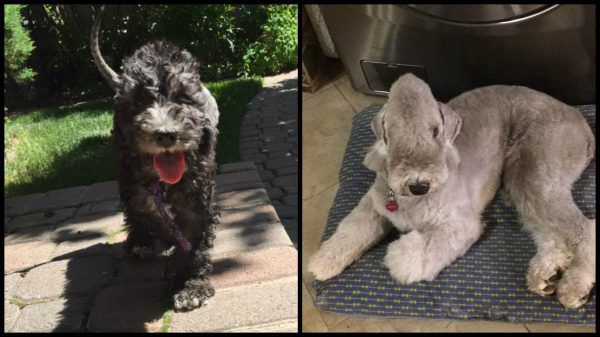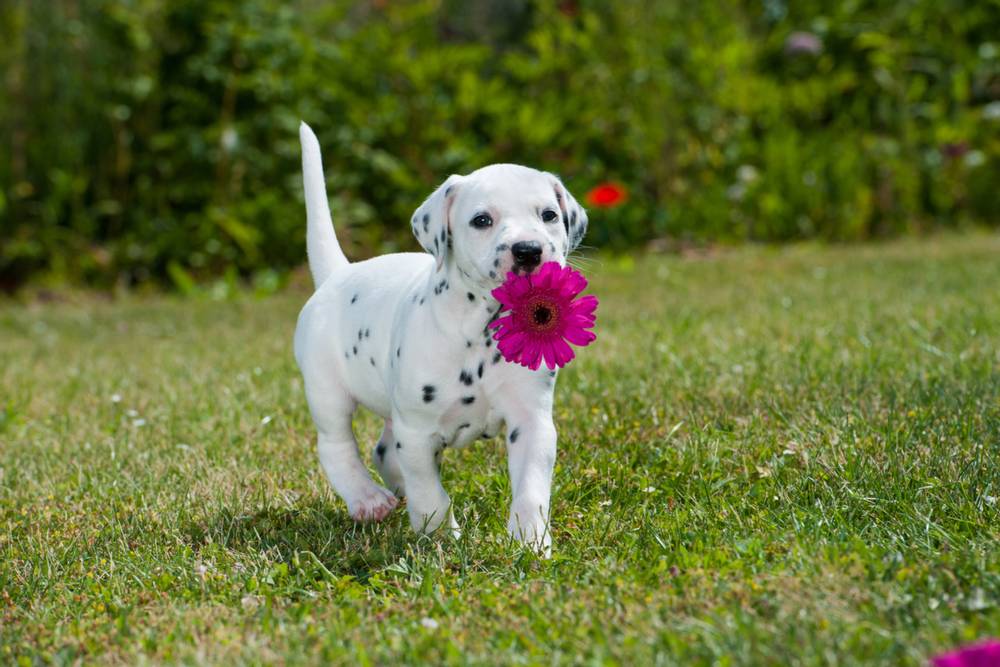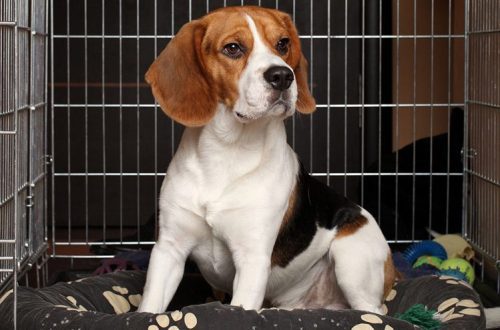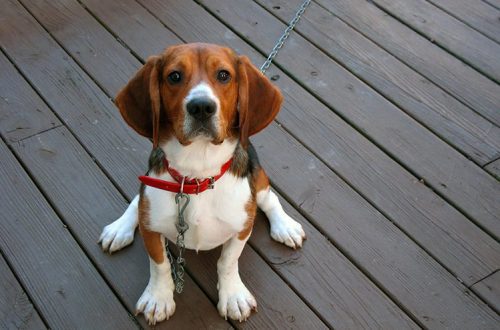
Why does a puppy change color?

One of the most striking examples of color change is the Dalmatian. Puppies of this breed are born absolutely white! Spots begin to appear only after 7-10 days and only by two months become clearly visible. At the same time, it is possible to understand what kind of color an adult dog will have only at six months.
Reblooming and age molting
The process when a puppy changes color is called a special term in cynology – reblooming. In fact, this is an age molt, which takes place in several stages.
Periods of age molting:
The very first coat change occurs in puppies under the age of two months. Puppy coat changes to a tougher “teenage”. It may be slightly different in color from the gun with which the baby was born;
The second molt takes place in the period from 6 months to 1 year. At this time, the “teenage” coat is formed into an adult: it becomes thicker and denser. In this case, as a rule, in dogs with short hair, this process is faster than in their long-haired relatives. It should be noted that owners of hard coats, such as miniature schnauzers or cairn terriers, even during age molting need trimming.
Some breeds are more prone to coloring than others: the difference between the color of puppy and adult coats is more pronounced in them. These breeds include the Dalmatian, Bobtail, Yorkshire Terrier, Bedlington Terrier, and even the German Shepherd.
At the same time, age molting concerns not only young animals. In old age, many dogs experience a change in the hormonal background, and the change of hairline is stretched over time, gray hair appears.
However, the reason for the change in color is not always only the age molt. There are a number of factors that can also affect the condition of a dog’s hair.
Causes of color change:
Incorrect food. Very often, the lack of amino acids is reflected in the color of the pet. If the dog does not receive tyrosine, cystine, arginine and phenylalanine in in sufficient quantity, its coat may become faded, less saturated in color, the black color of the coat may acquire a reddish sheen. Also, the balance of vitamins, minerals and trace elements, especially iron, zinc and iodine, in the pet’s body also affects the shade. For example, a lack of zinc can lead to early graying.
Health status. Diseases, including endocrine and infectious diseases, metabolic disorders, as well as dermatitis and tumors, can also provoke a change in coat color. Some of them can have serious consequences, so you should never ignore such a symptom. There are dogs whose muzzle, paws and genitals have a reddish tint. One of the most likely causes of this phenomenon may be porphyritic staining, which is caused by the breakdown products of hemoglobin and myoglobin. In general, it is not considered dangerous, but requires observation.
Pregnancy and lactation. Changes in hormonal levels can also cause slight changes in coat color, for example, in pregnant and lactating dogs.
In addition, often a change in coat color is an allergic reaction to a certain food. It often appears as pinkish tear ducts in light-coated pets.
One of the most obvious indicators of a pet’s health is its coat. If you notice any changes, do not delay a visit to the veterinarian. As you can see, there are many reasons for changing the color of a dog’s hairline – from harmless age molting to dangerous diseases. And only a specialist can establish the true one.
March 26 2018
Updated: December 19, 2018





